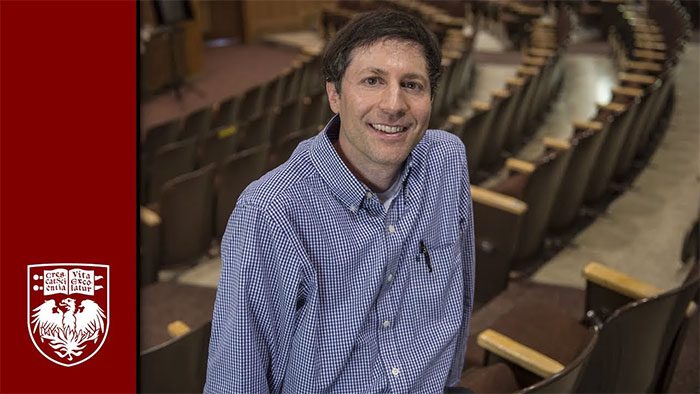Seemingly unrelated, photosynthesis and the Bose-Einstein condensate state share intriguing similarities worth exploring.
Inside the laboratory, scientists are astonished by a state of matter that only appears when atoms are placed in an environment close to absolute zero. Outside the sunlit window, plants tirelessly absorb sunlight to create new leaves.
These two phenomena appear unrelated… until a report from the University of Chicago emerged. The research team from the United States suggests that these complex processes may not be so different after all.

Photosynthesis and the Bose-Einstein condensate state have many similarities.
In a study published in PRX Energy at the end of April, they discovered a link at the atomic level between the process of photosynthesis and exciton condensation – a strange physical state that allows energy to flow through matter without being hindered by friction. According to the authors of the study, this new finding could indicate new directions in the design of electronic devices.
“As far as we know, these fields have never been linked before, which is why we find it very interesting,” said co-author of the study, Professor David Mazziotti.
Professor Mazziotti’s laboratory specializes in modeling the complex interactions of atoms and molecules when they exhibit unusual properties. Since the human eye cannot typically observe these interactions, a simulation model helps scientists uncover the reasons behind these strange interactions, laying the groundwork for future technology.
Specifically, Professor Mazziotti and two other co-authors of the study, Anna Schouten and LeeAnn Sager-Smith, developed a model describing the interactions of molecules during photosynthesis.

Professor David Mazziotti works at the University of Chicago.
When photons from the sun hit the surface of a leaf, they cause changes in a specially structured molecule. The energy kicks an electron out of the material’s atomic structure, and then that electron and the “hole” that once contained the electron move freely around the leaf, carrying solar energy to another area where it triggers a chemical reaction and produces sugar for the plant.
The free electron and that “hole” pair together, forming what is known as an “exciton”. When the research team observed the process of photosynthesis and modeled how excitons move, they discovered something strange. They found that the movement of excitons follows familiar patterns.
In fact, the movement of excitons closely resembles the behavior of a substance known as “Bose-Einstein condensate”, also referred to as the “fifth state of matter.” In this case, excitons can link together to enter a state of quantum overlap – comparable to a pair of bells that can resonate in harmony regardless of where they are hung.
This state allows energy to move through matter without obstruction. Scientists are particularly interested in this phenomenon because it could lead to breakthroughs in technology, such as superconducting states that paved the way for magnetic resonance imaging technology.

Satyendra Nath Bose (left) and Albert Einstein (right), with research laying the foundation for quantum physics. The Bose-Einstein condensate is named in honor of their contributions.
According to the model developed by the research team, excitons in plant leaves can link similarly to the Bose-Einstein condensate state. This surprised scientists since the condensate state only appears when matter is cooled down to near absolute zero, where atomic particles significantly slow down their movement.
“The process of photosynthesis occurs in a system maintained at room temperature, and moreover, the structure of [plants] is highly chaotic – nothing like the ordered crystalline structure used to study exciton condensation,” researcher Schouten explained.
However, this effect does not happen at every location on the plant; it appears that the condensation phenomenon occurs in isolated areas, but according to the team of experts, “that is enough to enhance energy transfer within the system.” In fact, simulation models show that the energy transfer efficiency could be doubled.
Professor Mazziotti believes that this discovery opens up possibilities for creating synthetic materials that could be used in future electronics. “The ideal exciton condensate state is very sensitive and requires many special conditions, but considering practical applications, it is exciting to see that the potential for [enhancing energy transfer efficiency] could happen under normal conditions,” he noted.
The research is partially supported by the Quantum Leap Challenge Institute, under the National Science Foundation of the United States.





















































